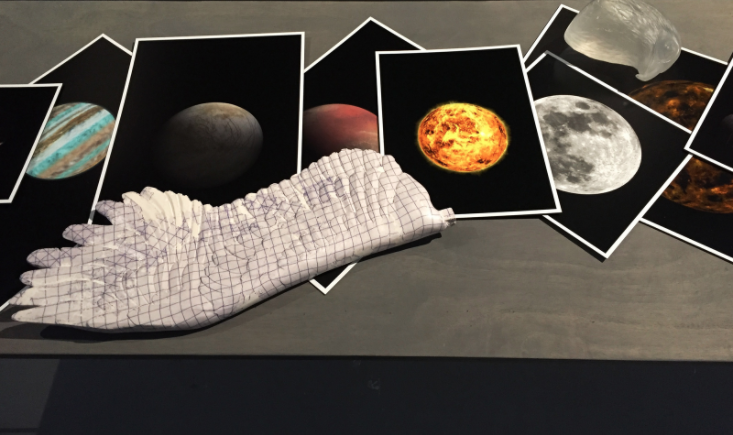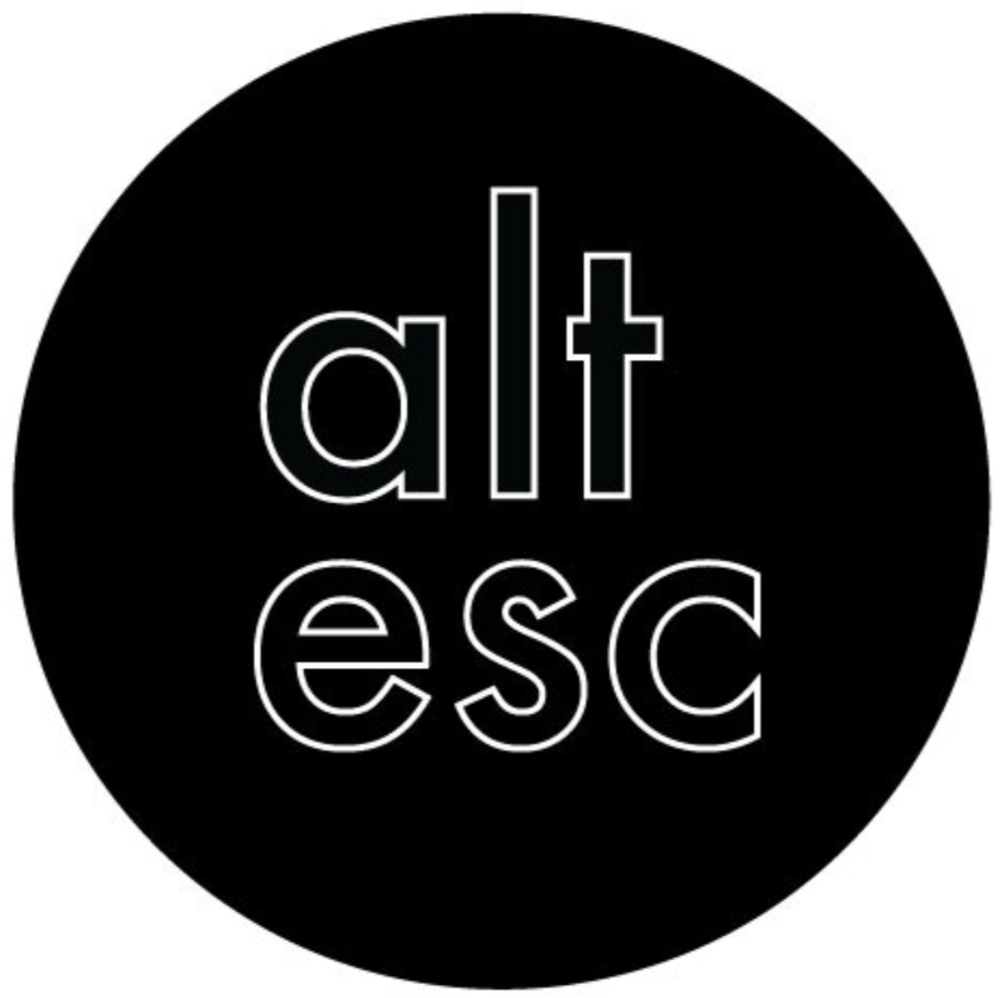kyle hittmeier
Kyle Hitmmeier is a new media artist working in 3-D renderings, video, and installations. He recently returned to New York from Abu Dhabi, where he was running the SEAF fellowship. Selected exhibitions include Sister Gallery, ARTspace, Nancy Margos Gallery, and more. We met him at his Bushwick studio to talk about Brutalist architecture, power animals, and what a dictator's desktop would look like.






What were you doing in Abu Dhabi project wise and the program you ran?
I moved to Abu Dhabi in April 2015 to manage and mentor the newly established Salama Bint Hamdan Emerging Artist Fellowship (SEAF). SEAF seeks out 15 emerging artists each year and provides them with studios, artist stipends, and ten months of mentorship as instructed by SEAF's partners of the Rhode Island School of Design. I spent nearly two years working with SEAF fellows, exploring parts of the GCC area, and developing my latest body of work.
How has the landscape and culture of UAE influenced your work?
Culturally, the UAE is centered between the East and West and hosts an 85% expat population. It truly is a melting pot of world culture. I gained enormous global perspective while over there, especially in the ways of culture and politics of the Middle East. The country is also in a unique position that allows for rapid development with seemingly endless finances. As such, mega cities are built within 40-50 years, and host some of the world's leading “Starchitects.” Dubai, for example, has such architectural opulence that when Rem Koolhaas and OMA were asked to propose a skyscraper in the middle of Business Bay, they proposed a simple revolving monolith as a way to subvert the grandiose skyline.
It truly is taking the form of something from a science fiction novel. It's hard to get a grasp on time in the region, as in some areas you feel stuck in an ambivalent past, and in some areas you feel catapulted into a fantastical future. For me, there's a correlation to the operations of digital space, as one is in a simultaneous stasis and continuous momentum.
Where does your interest and obsession with power and totalitarianism/fascism stem from?
Until graduate school, I've always had a political nature I was never able to express in art. It wasn't until I started exploring digital space that I was able to start addressing political hegemonies I've always found deeply troubling. It was when I started building architectural structures that I realized I could explore compositions of power and start constructing allegorical images of totalitarianism and/or fascism. Building and rendering structures like this came with a great sense of liberation in that they were completely untethered from any sense of engineering. Though the more I went in this direction, the more I wanted to turn to something more idiosyncratic and isolated. I started thinking about a fanatic architect's desk, and how to build compositions of power by focusing on small objects and intersections that may have an astronomical effect. I wanted to start tackling everything from exoticism to conquest, all under the appearance of something candid.
What architects/structures are you looking at?
Much of the Lead-Based series started in turning to Le Corbusier, especially in using the model of constructing architecture to position vantage points of space and time. Le Corbusier's Ville Contemporaine was an enormous influence, though I was more interested in subverting its socialist foundations. How would a fascist revision a city designed to host 3 million residents equally? During graduate school I was looking at structures that were architecturally improbable, or that oscillated in scale, such as the drawings of Boullee or Piranesi's fireplaces. Currently, I've been looking at Oscar Niemeyer, Albert Speer Jr., Zaha Hadid, Herzog & de Meuron, BIG, and OMA.
Besides architecture, are you also looking at mythology and astrology?
I'm very interested in how scale operates within these two studies - with mythology's limitless scale of history, and astrology's expansive scale of the universe. I'm looking for ways these slides in scale intersect with architectural permanence.
In your series Lead Based and Proxima you create desks of an imaginary character, filled with his or her personal items. Who are they? What world do they occupy?
In both Lead-Based and Proxima, there is a great deal of constructed chaos. Both works imagine a character struggling to conquer all facets of the world. Though in a world where all spaces and territories have been charted, the character turns to space as a way to satiate his/her conquest of the unknown. It seemed only natural that someone so obsessed with power and control would fill their environment with objects customized for personal use.
What's on the post-its?
One of the renders from Lead Based has a series of post-it notes that contain a cut-up map showing all charted territories of our moon. The map was taken from NASA in the 1970's, and shows diagrams of how and when satellites documented the moon's topography.
To what extent will you expand this character's world? What is the narrative that you are building for them?
Now that our country has dramatically shifted politically, it's difficult to imagine not addressing this unprecedented time. We fell asleep and woke up with a delusional fascist behind the wheel. I'm incredulous to the events that unfold each day, especially when it seems all systems of checks and balances have been eliminated. If nothing else, it's definitely serving as fodder for future projects.
Lead Based has been particularly exciting to create, as it has able to facilitate many of the needs and wants I have around the studio. Coming from a painting background, I find myself needing to create physical artwork. Many of the textures of Lead Based were physically painted in the studio. They were scanned digitally and injected into the scenes of the animation. Moving forward, I've been exporting digital objects from this world, and using them as foundational elements in paintings.
